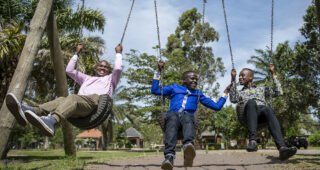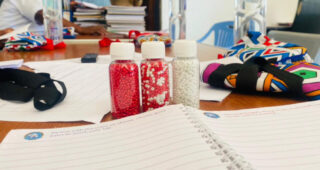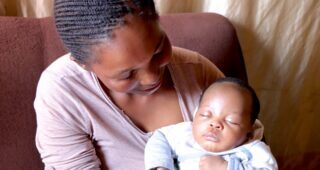ICASA 2019 Should be a Wake-Up Call

Last week the Republic of Rwanda hosted ICASA, the largest African conference on HIV/AIDS, convening advocates, scientists, public health experts, funders and people living with HIV to address the state of the epidemic and assess progress toward the UNAIDS goal of ending the global epidemic by 2030. Such global health conferences are often occasion to celebrate successes and key milestones.
For children and young people around the world, ICASA 2019 lauded important progress. But it was also a wake-up call.
In one session, UNICEF discussed recently released data indicating that 320 children and adolescents died every day from AIDS-related causes in 2018 due to unacceptably low access to antiretroviral medicines, with only 54% of children receiving the treatment they need to stay healthy. They also highlighted that children under 15 account for about 5% of all people living with HIV globally, yet make up 13% of all AIDS-related deaths, as many children do not know their HIV status and have not been tested.
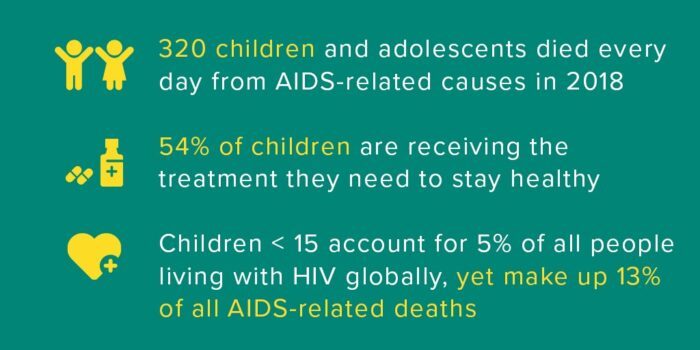
And while mother-to-child transmission (MTCT) of HIV rates in hardest-hit countries across sub-Saharan African have dropped steadily over the last decade, recent reports indicate that they are creeping back up in a handful of countries jeopardizing progress in settings that once held the promise of eliminating pediatric AIDS.
Between 2015 and 2018, the MTCT rate in Kenya increased from 8.3% to 12.4%. During this same period, teen pregnancies increased from 19% to 31%, raising again the challenges and importance of meeting the complex, unique needs of teen mothers with HIV.
At the conference, it was made clear that adolescents and young people continue to represent a growing share of people living with HIV worldwide. With half a million young people between the ages of 10–24 newly infected with HIV in 2018, it is a considerable problem that only 19% of adolescent girls and 14% of adolescent boys aged 15–19 in Eastern and Southern Africa who were tested for HIV in the past 12 months actually received their test results.
If current trends continue, there will still be some 183,000 annual new HIV infections among adolescents in 2030. That is way off track from our 2030 goals.
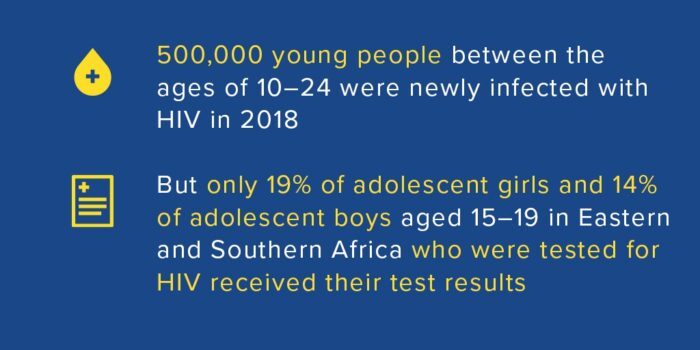
It has to be noted that as a community we have made some recent, specific strides and those were also presented at ICASA.
The effectiveness of point-of-care early infant diagnosis (POC EID) of HIV is now a well-demonstrated game changer. The median time to return HIV test results to a caregiver has been reduced from 55 days to same-day, and there is real opportunity for expansion of the use of POC technologies, including viral load monitoring for pregnant and breastfeeding women. In fact, the evidence to support expanding point-of-care technology is so clear that some in civil society used the ICASA meeting to demand access for all HIV-exposed infants to POC EID testing instead of the substandard conventional testing, which doesn’t come close to meeting the WHO recommendation that all newborns should have access to test results within four weeks of life.
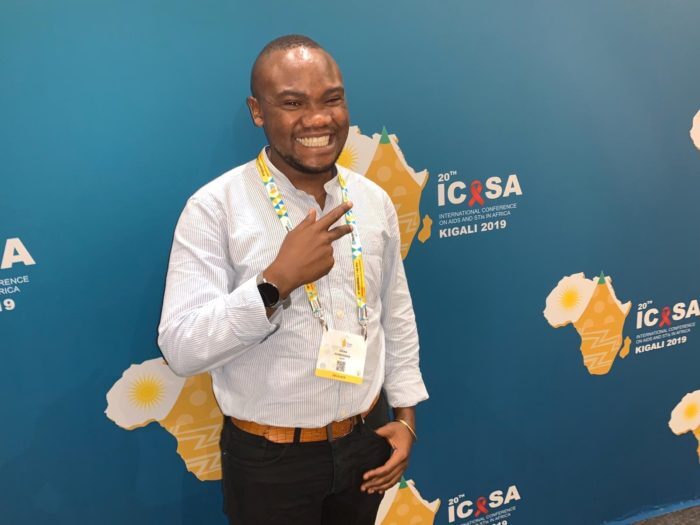
It was encouraging to see youth leadership in increasingly full force throughout the meeting, with strong support for customized models of HIV services and treatment for this vulnerable population embraced in a variety of sessions and featuring the voices of many outstanding young people, including EGPAF Ambassadors Rosa Mahasera from Zimbabwe and Brian Ahimbisibwe from Uganda.
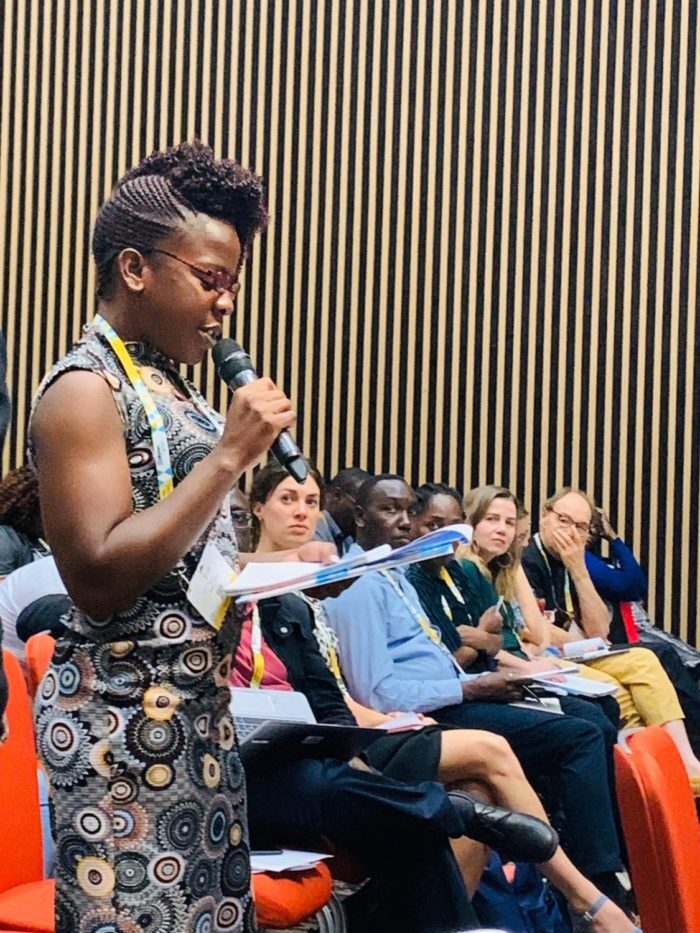
It is understandable to lean toward commending the good, of the steps forward, of lives saved and infections averted. But the focus must also be on what’s not going right. We must halt the rising number of adolescent infections across Africa, and regard rising MTCT rates in Kenya as a “canary in the coal mine.” If we see MTCT rates continue to increase in other countries (and unfortunately, I think we will), it will signal years of intensive, targeted public health work undone. Growing infection rates are yet another reminder that, with HIV, vigilance is essential and complacency leads to failure. Where we pull back in any way from quality services at sites and in communities, the void will be filled with new, unnecessary infections. Such is the virus.
We all have adjustments in strategy to make, and the answers won’t come easily. Course corrections are easier to call for than to deliver and will require energy, strategic thinking, political will, and resources from governments, public health experts, UN agencies, funders, and those living with the virus. Ending the epidemic as a public health crisis in 2030 is unlikely if we cannot stop mother-to-child transmission and get children and young people access to the treatment they need.
The recent uptick in new infections and the related challenges were there at ICASA for all to see. And the response requires all of us to focus and act.
This piece was originally posted to LinkedIn by EGPAF CEO Chip Lyons. Read the original here.
Chip Lyons
Global
Adolescent Identification, Care & Treatment; Community Mobilization; Prevention of Mother-to-Child Transmission
